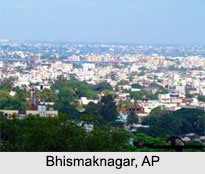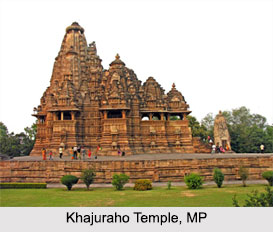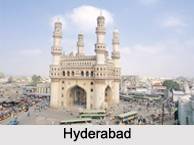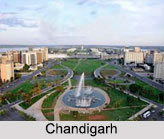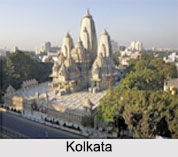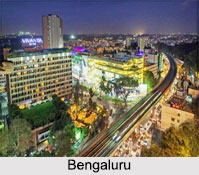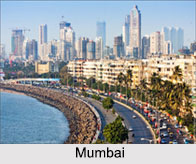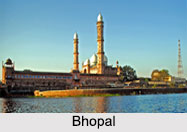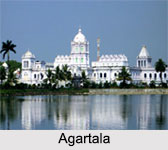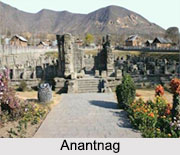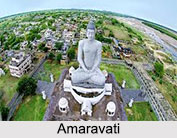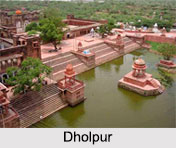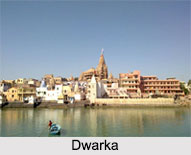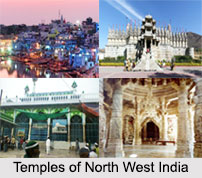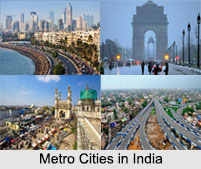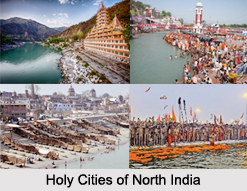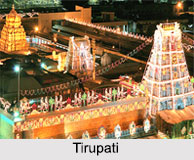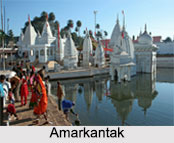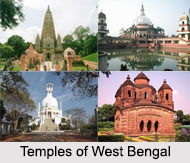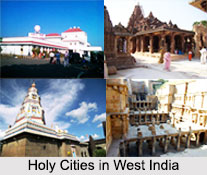Lying on the western part of the Belgaum district , Khanapur in Karnataka, a taluka, covers a total area of 1726.11 sq kilometers. From the district headqurater it is situated at a distance of 26 kilometers. Other states of India like Maharashtra, Goa state form the boundaries of this Khanapur taluka. Also districts, namely, Dharwad and North Kannada, surround this Khanapur taluka.
The climatic condition of Khanapur in Karnataka too can be known from the sources. According to it, average rainfall shows a counting of 1,600 mm. The rivers like Malaprabha, Mahadayi and Pandari flow through the Khanapur. There are several revenue villages and hamlets that have been built in Khanapur. Revenue villages are 218 and 85 is the total number of hamlets.
A special mentioning needs to be made about a particular Census report of India. Being issued out in the year 2001, this report inferred that the total population has been enumerated to be 243200.
In the Khanapur of Karnataka one finds no dearth of tourists spots. In fact the historical places that are found here serve as special attraction. The primary attraction of Khanapur is Halashi. At the time of eleventh century, the famous rulers of Kadama dynasty established their empire in Halashi. Also the `samadhi` of the renowned freedom fighter Nandagad has been built here.
For sustaining their livelihood, majority of the people of Khanapur have taken up the occupation of cultivation. Major crops that are produced in Khanapur are paddy, sugarcane and many more.
Literacy condition also serves as an important data about the Khanapur taluka. It has been enumerated to be 54.52 percent. It automatically leads one to come to the conclusion that the average literacy rate of Khanapur is lower than that of India. 59.5 percent is the average literacy rate of India.
